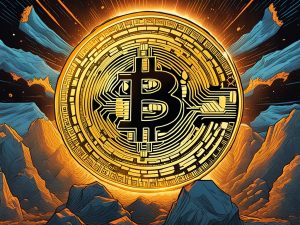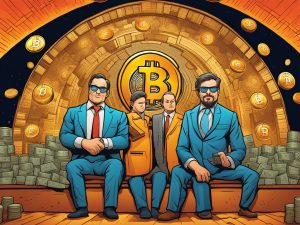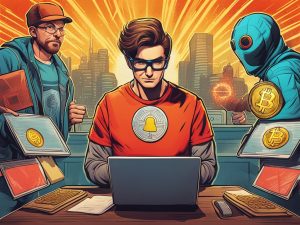The Allure of Creating Your Own NFTs and BRC-20 Tokens
Creating your own NFTs and BRC-20 tokens offers artists a new level of control and potential financial reward. NFTs can also foster passionate communities, grant exclusive access to events, and act as fundraising tools.
The Challenges of Token Creation
Stepping into the world of token creation requires a technical understanding of blockchain technology and smart contracts. It’s also important to consider financial risks and potential regulatory implications. Responsible and informed action is key in this rapidly evolving landscape.
What Are NFTs?
NFTs, or Non-Fungible Tokens, are digital assets that represent ownership or proof of authenticity for specific items or content. Unlike cryptocurrencies like Bitcoin or Ethereum, NFTs cannot be exchanged on a one-to-one basis due to their unique nature.
Creating NFTs on the Ethereum Network
To create NFTs on the Ethereum network, you can use platforms like OpenSea. OpenSea is a decentralized marketplace dedicated to NFTs that allows users to buy, sell, and discover various digital assets.
A Step-by-Step Guide to Creating NFTs on OpenSea
To create an NFT collection on OpenSea, start by visiting the website and connecting your preferred wallet. Then, click on your profile icon and select “Studio” to deploy a smart contract. From there, you can create an NFT directly into your wallet by clicking the “Create” button and following the steps.
Conclusion
NFTs and BRC-20 tokens contribute to the growing realm of blockchain-based digital assets. They offer unique opportunities for artists and creators to monetize their work and engage with passionate communities. By understanding the challenges and following the necessary steps, you can navigate the world of token creation and make the most of this rapidly evolving landscape.
Hot Take: The Rise of NFTs and Their Impact on the Digital Art Market
The rise of NFTs has revolutionized the digital art market, offering artists new ways to showcase and sell their work. With NFTs, artists have greater control over their creations, can establish proof of ownership, and earn royalties from secondary sales. This has opened up opportunities for emerging artists and disrupted traditional art market structures. However, there are also concerns about environmental impact and the potential for fraud in the NFT space. Despite these challenges, NFTs have captured widespread interest and are likely to continue shaping the future of art and digital ownership.


 By
By
 By
By
 By
By
 By
By
